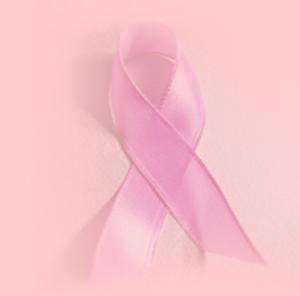 The extent of the benefit is related to the person’s body mass index, according to researchers from the University of Toronto in Ontario.
The extent of the benefit is related to the person’s body mass index, according to researchers from the University of Toronto in Ontario.
First, the details.
- More than 3000 women with breast cancer aged 25 to 74 years were identified and compared to a group without breast cancer of similar size.
- A questionnaire about diet (focused on phytoestrogen [lignans and isoflavones] intake) was mailed to everyone.
- Phytoestrogens are estrogen-like substance found in some plants, which might have anticancer effects.
- Isoflavones are naturally occurring estrogen-like compounds found in soybeans, soy products, and red clover.
- Lignans are found in plants and have estrogenic and anticancer effects.
- The women answered questions about their diet as adolescents and what they ate 2 years ago.
And, the results from HealthNotesNewswire.
- Women who ate more total phytoestrogens and lignans had a significantly lower breast cancer risk — but only if they were overweight.
- Women with the highest lignan intake had a 30% reduction in breast cancer risk compared to those who ate the least.
- Post-menopausal breast cancer risk was not associated with any type of phytoestrogen.
- Only premenopausal overweight women showed benefit.
The bottom line?
Phytoestrogens are classified according to their chemical structure. The two groups researched most are the isoflavones (such as soy) and the lignans (in linseed, grains, and vegetables).
More information on phytoestrogens can be found here.
1/6/08 15:32 JR